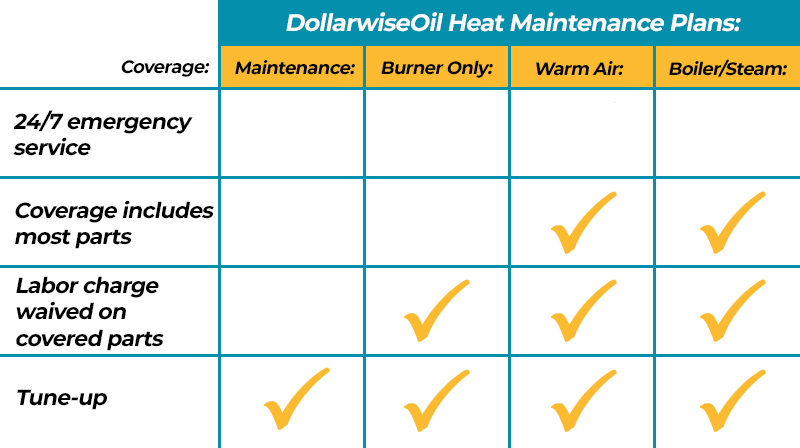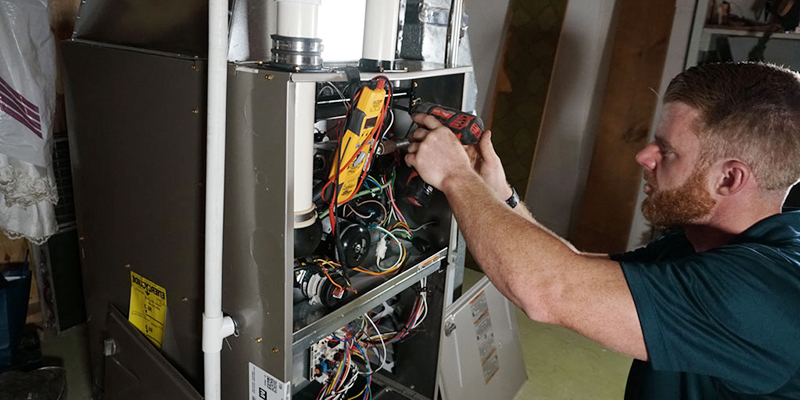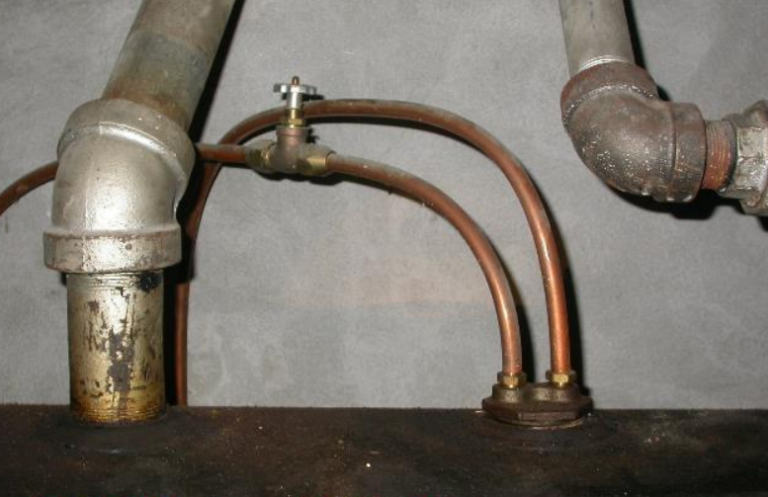Service contracts are common practice when it comes to working with oil dealers. They’ll usually recommend that you setup automatic delivery with service contract. But, there tends to be a lot of strings attached to these service contracts. In this blog, I’ll be covering several service contract myths and go into detail about them.
Myth #1: Automatic Delivery Only
Most oil companies will often require you to sign up for their automatic delivery to get a service contract with them. They’ll often try to scare you by saying things like “You’ll have to buy our oil because we can’t risk you getting waste oil from another company. Ordering through us is the safest option”. When in actuality, this isn’t true. There are thousands of dealers from reputable companies that you can safely buy from. If you’re unsure, read their reviews first to see how other customers felt after dealing with them. It’s also important to mention that you should NEVER order from online anonymous dealers.
It’s also worth mentioning that there are plenty of companies that will offer service contracts without forcing you to get an automatic delivery plan. DollarWise Oil for, example, offers their annual maintenance plan and doesn’t require you to order from them to get a maintenance plan. They also offer 24/7 support and you don’t have to buy heating oil through them! Their service contract also includes an annual tune-up, system cleaning, and much more! Of course, this is in their best interest because it would be better for them not to come to your home in the middle of the night (and I’m sure you wouldn’t want that either). But if you’re interested, be sure to read the fine print and be expected to pay for some parts and labor in an emergency.

Down on Long Island, there is another heating oil company known as Ryan Anthony’s Heating Service. They’re rated very highly amongst their customers and will also offer service contracts without the need to order heating oil from them. If you get a service contract with Ryan Anthony’s, you’ll probably have to pay a small monthly service fee as the months go by. You’ll also be able to shop around on oil when you’re running low and aren’t required to order through them! You’ll end up saving more money on heating oil compared to automatic delivery in the long run.
Myth #2: Your Oil Company Offers “Free Service Contracts”
There’s a common saying in today’s day and age “If it seems too good to be true, then it probably is”. Nothing in life is free and the same applies to service contracts. Usually when a company promises to give you a “Free Service Contract”, it will come at a cost, even if it’s a small one. When it comes to automatic delivery, heating oil can normally be priced at an additional $0.40 to even as high as a dollar more per gallon! In CT, we’ve seen it get as high as $1.25 per gallon more for automatic delivery! So let’s do a quick little math equation to determine how much that “Free Service Contract” really is.
- Your average-size home uses around 800 gallons of heating oil yearly
- You’ll usually end up paying an average of $0.60 per gallon more with automatic delivery.
- The supposed “free service contract” will cost you 800 X $0.60 = $480!
For spending that much money, you should at least be getting an annual tune-up for your heating oil system.

Myth #3: You Can Only Get 24/7 Support with a Service Contract
One of the best things that you can do for your HVAC system is to get an annual tune-up. When you get a chance, check Google and see which qualified local service companies are in your local area. Do a little bit of research and see which services companies seem reputable and trustworthy. If they seem to have good reviews and seem trustworthy, then reach out and see open a service contract. They might even offer you free support. Reaching out to your local service companies will help you not only establish connections, it will put you on good terms with the local servicemen.
But you might be wondering, isn’t emergency service expensive? Well, it is expensive! But, if you run the numbers, spending $500 for an emergency service call once every couple of years is better than an additional $480 every year. This often makes you better off not having a service plan. However, if your heating system is on the older side and it constantly breaks down throughout the year, then you should consider getting a service contract. But at that point, you might as well upgrade!
Conclusion
The bottom line when it comes to home heating is ensuring that your family stays warm during the winter. You can make sure of this by keeping your home heating system well-maintained. You can do this by utilizing a maintenance and service plan. But, be sure to do some research and only choose from a trusted company.
Additionally, make sure that you don’t fall for the trap of “automatic delivery”. Be sure to find a company that will allow you to shop around if you can’t get a delivery soon. You’ll be able to save hundreds of dollars yearly by choosing a call-by-only delivery option. You can then use that money saved to buy other things you might like! That might even include a Smart Oil Gauge to ensure that you never run out!
Happy Heating,
Hunter











































